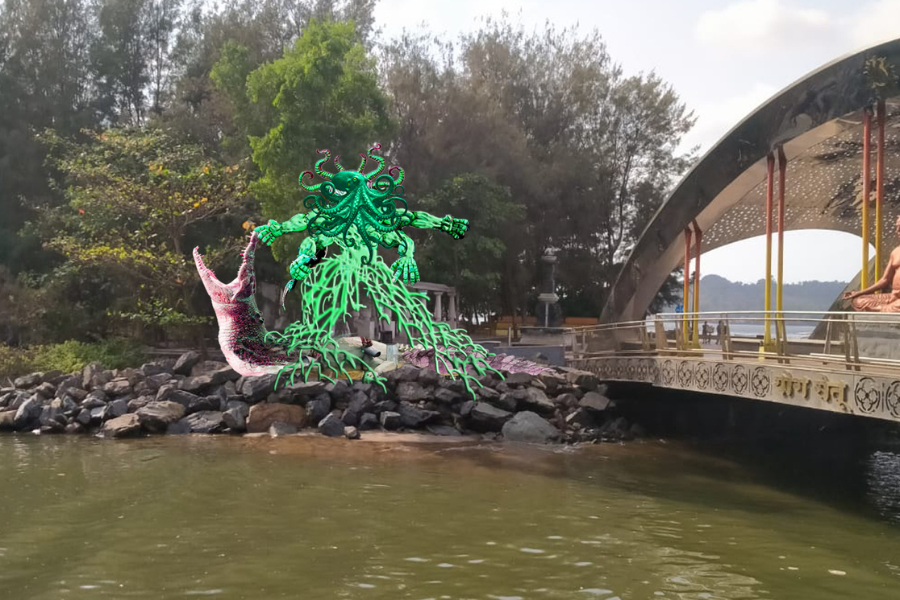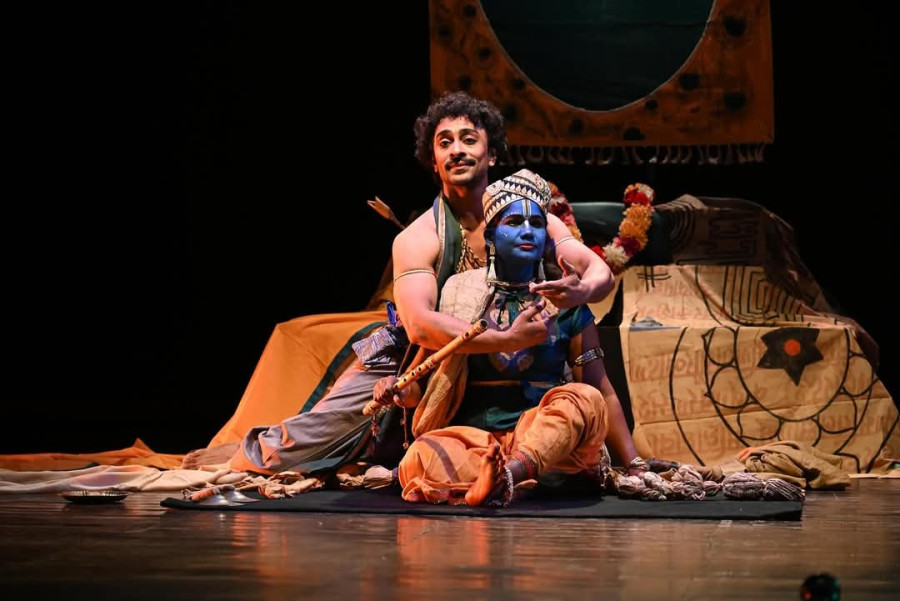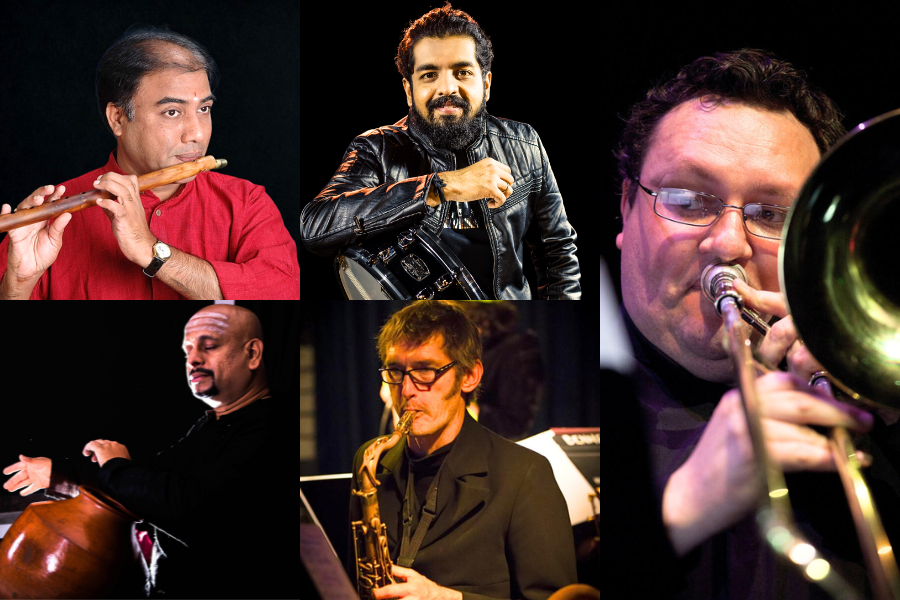Beasts of Reincarnations: Mythical beings in the city
- Free
- Special Project
- Craft
The Invisible Beast
https://maps.app.goo.gl/c4SVdb8UEisqdAyp6
Beasts of the Wetland
https://maps.app.goo.gl/p7ArfEVLGPArYn7x6
Beast of the Backwaters
https://maps.app.goo.gl/wsjx6LBfMeqDvNn18
The Flying Beast
https://maps.app.goo.gl/4F3vc3UAvSHQsHgV8
The Armored Beast
https://maps.app.goo.gl/bKf5iwJ8NiecYpMu8


YOU MAY ALSO LIKE
- 14 Dec
- |
- 15 Dec
- |
- 16 Dec
- |
- 17 Dec
- |
- 18 Dec
- |
- 19 Dec
- |
- 20 Dec
- |
- 21 Dec
- Directorate of Accounts

Free
Exhibition
Visual Art




